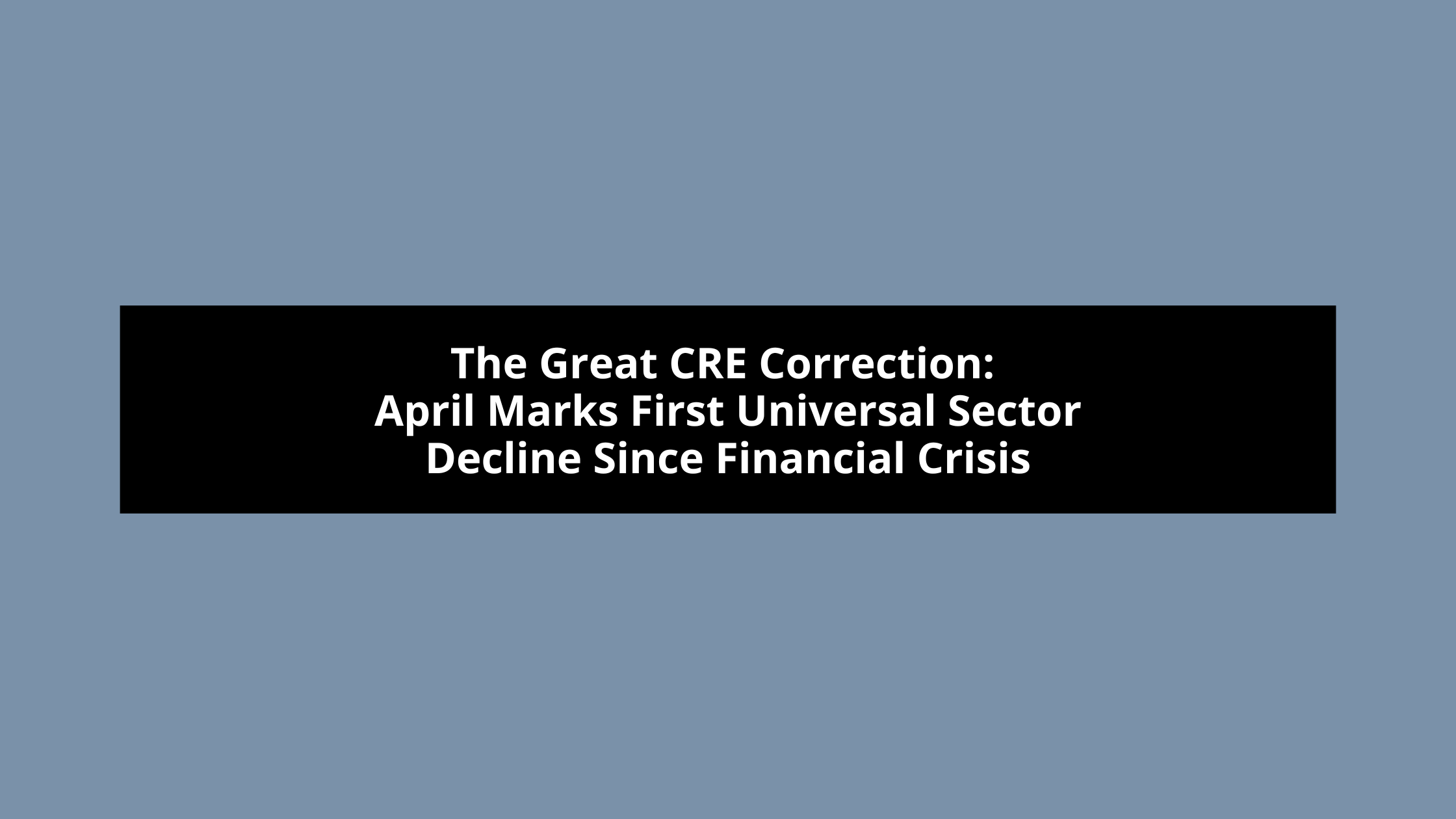The commercial real estate (CRE) landscape is showing significant signs of distress as bank loan delinquency rates have reached their highest level in ten years. This concerning development signals deeper challenges within the commercial property market and raises questions about potential long-term impacts on the banking sector and broader economy.
The Rising Tide of Troubled Loans
- The fourth quarter of 2024 marked a sobering milestone for the banking industry, with CRE loan delinquency rates climbing to 1.57%. This represents the highest level recorded since the aftermath of the 2008 financial crisis.
- Federal Reserve data reveals that the volume of delinquent loans has ballooned to an alarming $47.15 billion, nearly doubling the $25.08 billion figure from a decade ago. This upward trend hasn’t appeared suddenly. Delinquency rates have been steadily increasing since the third quarter of 2022, pointing to persistent structural issues rather than a temporary market fluctuation.
- The magnitude of these delinquencies becomes even more significant when considering the approximately $3 trillion in outstanding CRE loans held by U.S. banks at the close of 2024.
Banking Strategy: Delay and Hope
Perhaps most telling is how financial institutions are responding to this growing crisis. Despite the rising delinquency rates, banks have shown remarkable reluctance to take decisive action on troubled loans. Charge-off rates have remained stubbornly flat at 0.26% for five consecutive quarters, representing approximately $7.8 billion in written-off loans.
This pattern suggests a strategic approach from lenders: delaying loss recognition while hoping for market conditions to improve. Banks appear to be operating under the assumption that troubled borrowers might eventually secure refinancing or that property values might recover, allowing underwater loans to regain viability. This “extend and pretend” approach may be masking the true extent of distress in the commercial real estate sector.
The Office Sector Crisis
Within the broader CRE market, the office segment faces particularly acute challenges. Michael S. Barr, Vice Chair for Supervision at the Federal Reserve, has specifically highlighted the need for heightened vigilance in this area. The fundamental issue lies in refinancing difficulties—as office loans mature, borrowers are struggling to secure new financing under current market conditions.
Several factors contribute to this refinancing challenge. Remote and hybrid work arrangements have dramatically altered office space demand. Additionally, higher interest rates have increased borrowing costs, while property valuations in many markets have declined. This perfect storm leaves many office property owners unable to meet lenders’ current financing requirements, pushing more loans into delinquency.
Looking Ahead: Hard Decisions on the Horizon
The banking industry finds itself at a crossroads. The persistent gap between rising delinquency rates and stagnant charge-offs cannot continue indefinitely. Financial institutions will eventually face difficult decisions about managing their troubled CRE loan portfolios.
Industry analysts anticipate that delinquency rates may continue to climb in coming quarters as more loans mature without viable refinancing options. This will likely force banks to acknowledge losses more aggressively, potentially impacting their financial performance and capital positions.
For investors, regulators, and market participants, these trends warrant close monitoring. The resolution of troubled CRE loans could have ripple effects throughout financial markets, affecting everything from bank stocks to commercial property valuations.
The current situation represents a significant test for the banking industry’s risk management practices and financial resilience. How institutions navigate these challenges will reveal much about lessons learned from previous commercial real estate downturns and could shape regulatory approaches to CRE lending for years to come.
While the full implications of these elevated delinquency rates remain to be seen, one thing is clear: the commercial real estate market is undergoing a period of substantial adjustment, and the banking industry must prepare for the financial realities that accompany such transitions.
About MylesTitle:
Having conducted well over 27,000+ real estate closings and more than $16BB+ in closed transactions — of all shapes and sizes personally since 1979 – The MylesTitle Team along with noted attorney Myles Lichtenberg, Esq., is your single best point of contact to oversee these mission critical services:
Settlement Statements (for review in advance of closing)
Residential, Commercial, Complex & Multi-State Title Searches
Location, Boundary and ALTA/ASCM Surveys
Title Insurance Commitments, Title Exceptions, and Endorsements
Federal, State & Local Judgment and Lien Searches
Deeds, Deeds of Trusts, Mortgages, Release of Liens
Easement Agreements, Loan and Incumbency Documentation, etc.
UCC Searches, UCC Insurance
Zoning Certifications
Environmental Assessment Coordination


